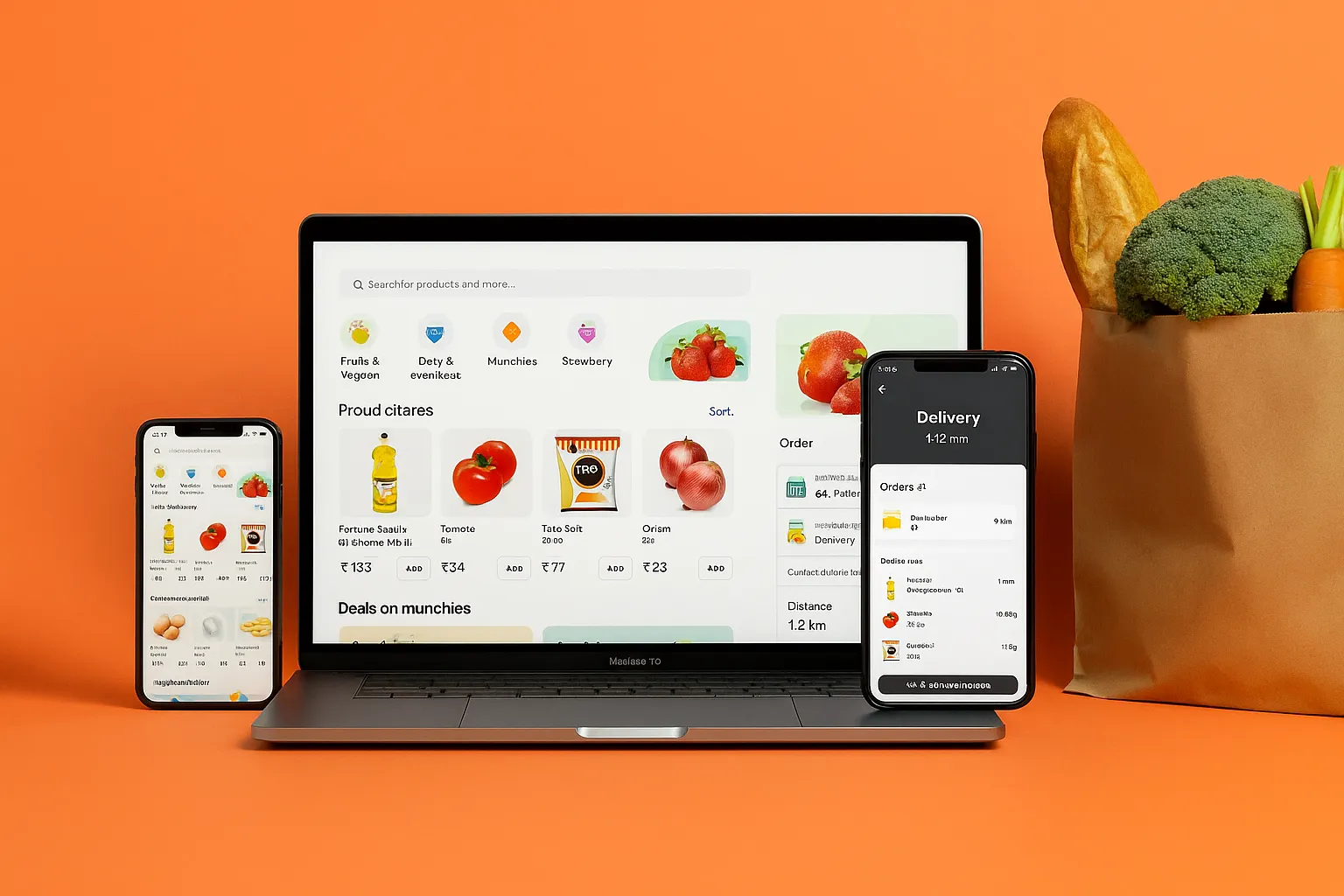Remember those Sunday mornings when you’d drag yourself to the nearest supermarket, wrestle with your shopping list, and leave with twice the items (and none of the essentials)? Yeah, we’ve all been there. Then came grocery delivery apps like Grofers—swooping in like the neighborhood superhero, minus the cape.
For today’s entrepreneurs and startup founders, the gold rush isn’t in oil—it’s in onions, milk packets, and last-minute snack cravings. Hyperlocal delivery isn’t a luxury anymore; it’s the baseline for user convenience. And guess what? Grofers nailed that sweet spot between affordability and accessibility.
If you’re dreaming of building your own online grocery delivery app, understanding Grofers’ feature set is like finding the blueprint to a high-performing money magnet. Let’s break it all down—Miracuves-style.
What Is Grofers? A Quick Primer
Grofers (recently rebranded as Blinkit) started with a simple promise: groceries delivered in minutes. Not hours. Not “same day.” Minutes. That’s what turned heads. While Blinkit now pivots toward instant delivery, its foundational architecture—developed as Grofers—remains iconic for anyone looking to launch a successful grocery or quick commerce platform.
Read more: What is Grofers App and How Does It Work?
Core Features That Made Grofers a Household Name
1. User-Friendly Onboarding & Account Setup
The first impression matters. Grofers made onboarding ridiculously easy—email/phone signups, social media logins, and quick address inputs.
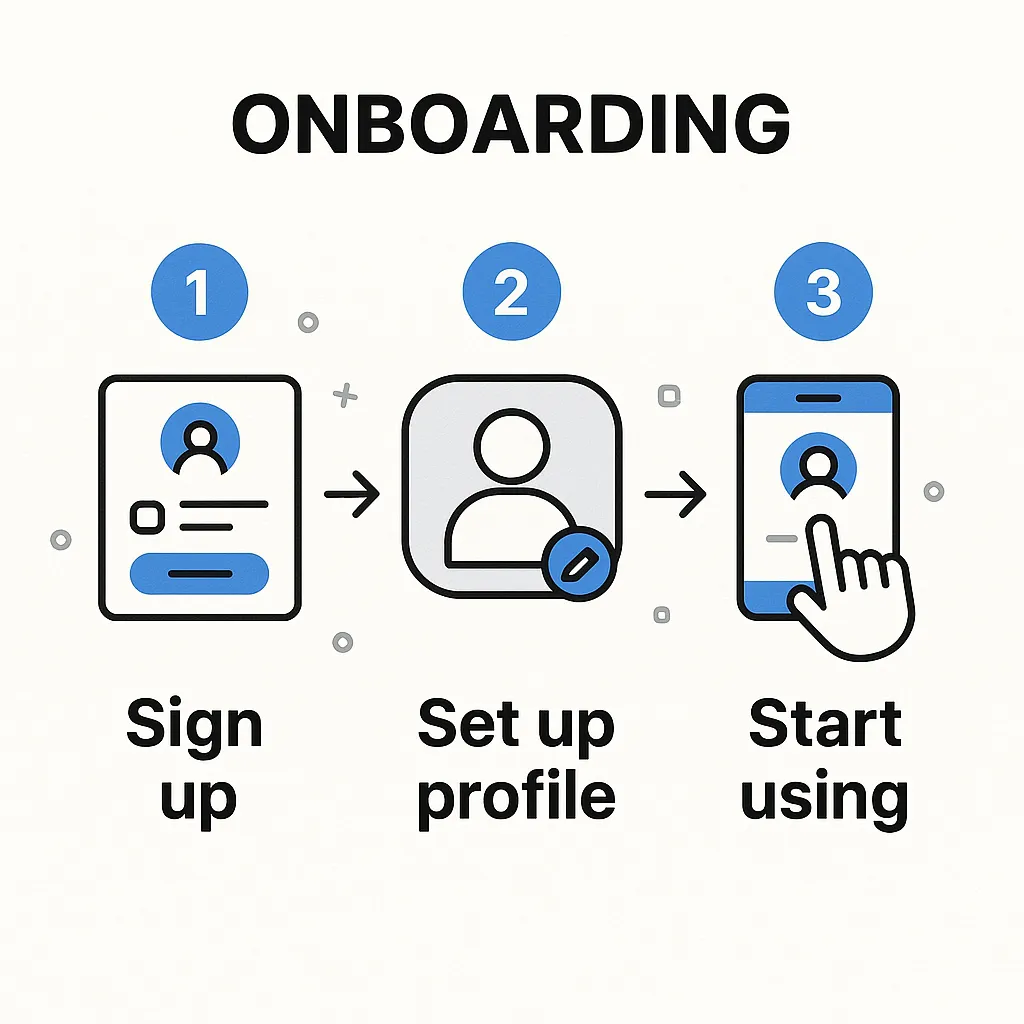
2. Hyperlocal Store Integration
Instead of centralizing everything, Grofers tapped into local stores and warehouses. This enabled shorter delivery distances and faster order processing. Think of it like Uber for groceries—only your veggies don’t talk.
3. Real-Time Inventory Sync
What you see is actually what you get. Inventory is updated in real time, ensuring no false promises or awkward “oops, out of stock” moments.
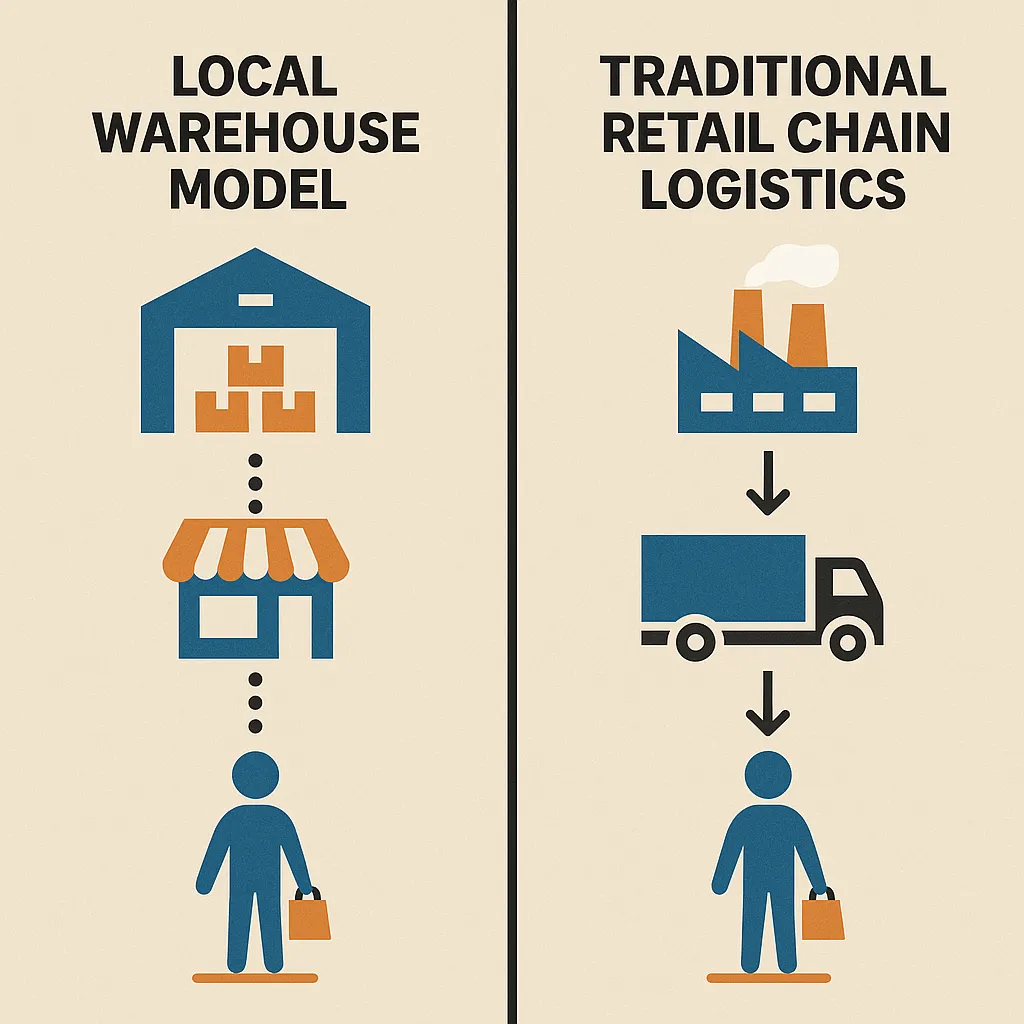
Convenience Features That Hook Users
1. Search & Smart Filters
Grofers built search the way Google built theirs—intelligent, predictive, and responsive. Filters by category, brand, pack size, price range… even calorie count in some cases.
2. Scheduled Delivery
Need your groceries right now? Sure. Prefer them at 7 AM tomorrow? You got it. Flexibility like this builds user trust and loyalty.
3. Multiple Payment Options
Cash on delivery. Credit cards. UPI. Wallets. Grofers covered all bases—even allowing refunds to your original payment mode instantly.
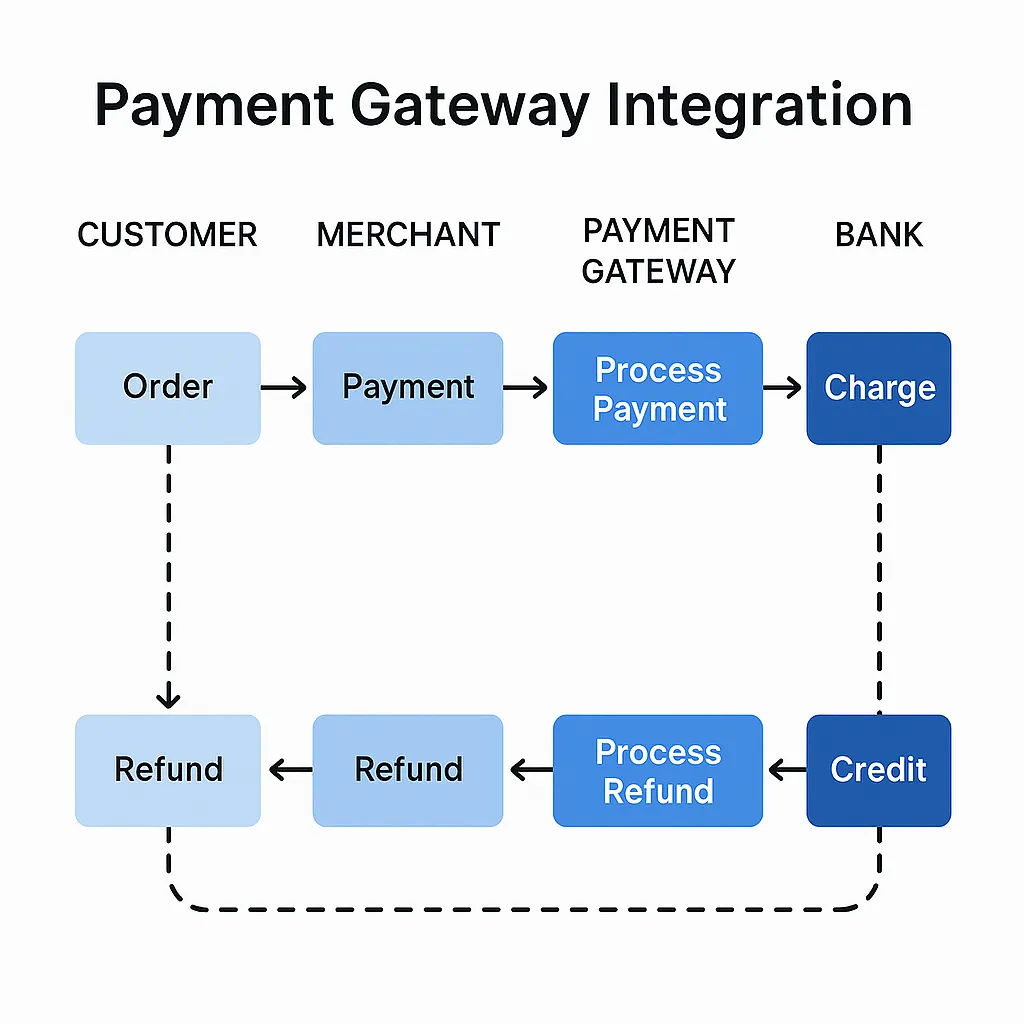
Loyalty & Engagement Features
1. Subscription Model (Smart Bachat Club)
This was Grofers’ golden goose. For a small fee, users unlocked deeper discounts, free delivery, and early access to deals. Essentially, Prime for groceries.
2. Personalized Offers & Notifications
Offers based on past purchases? Absolutely. Grofers used machine learning to send tailored nudges that felt personal, not spammy.
Operational Brilliance Behind the Scenes
1. Efficient Delivery Partner App
The magic didn’t stop with the user app. Grofers equipped its delivery partners with a separate app for optimized route planning, performance tracking, and real-time communication.
2. Inventory Management Dashboard
Vendors had access to a proprietary dashboard to track sales, returns, and stock alerts—an essential cog in the supply chain wheel.
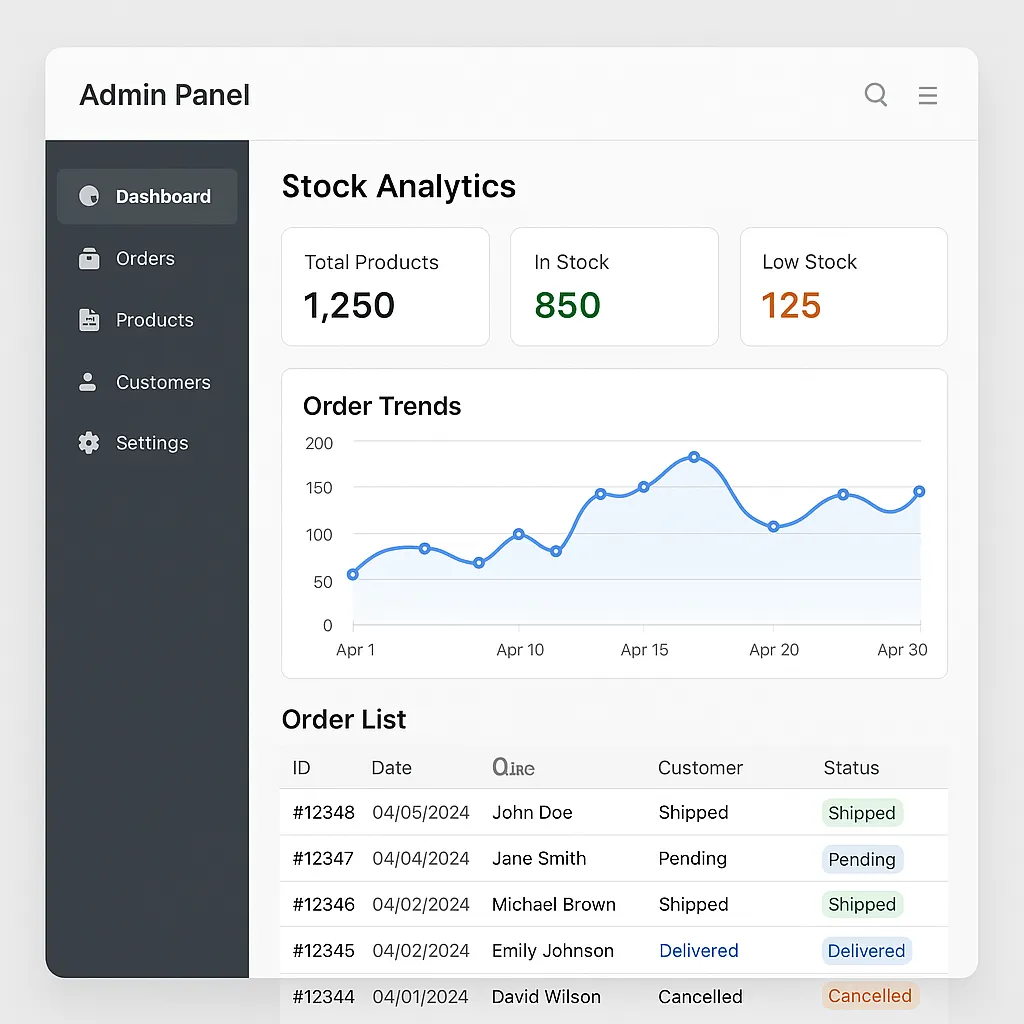
3. Returns & Refunds Handling
Easy return requests with automated refund approvals ensured users weren’t left holding bad apples (literally)
Scalability Features That Helped Grofers Expand
1. Multi-Zone & Multi-Warehouse Support
As Grofers expanded to new cities, it needed to operate with different zones, warehouses, and delivery partners—seamlessly.
2. Dynamic Pricing Engine
Depending on location, season, demand, or time of day, pricing was adjusted dynamically—helping boost profitability without compromising trust.
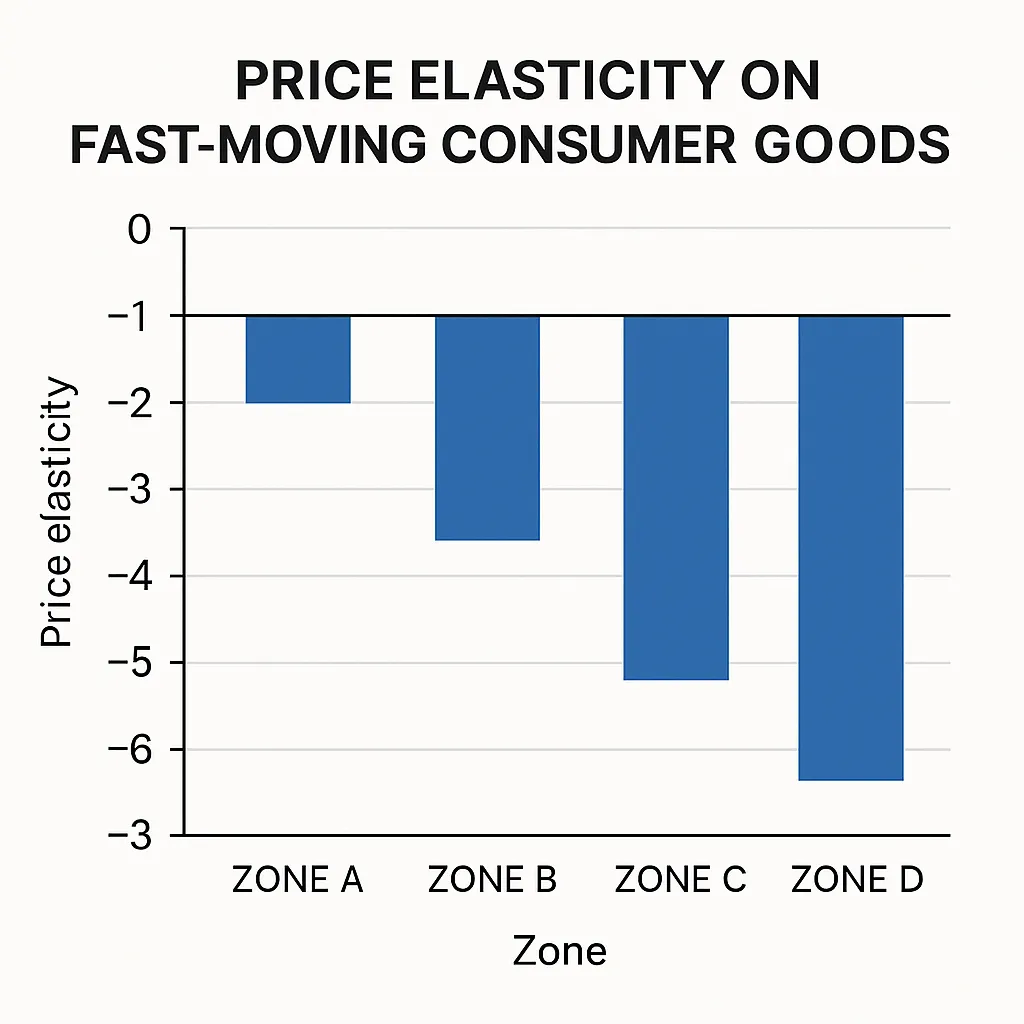
UI/UX Elements That Kept Users Coming Back
1. Gamification & Limited-Time Deals
Spin-the-wheel rewards, mystery discounts, lightning deals—all cleverly designed to trigger FOMO and boost conversions.
2. Voice Search & Accessibility
Inclusion was key. With support for voice search (especially in tier 2 & tier 3 cities), Grofers won over a massive user base previously ignored by tech giants.
Read more: Best Grofers Clone Scripts in 2025: Features & Pricing Compared
Looking to digitize grocery shopping? Explore our tailored grocery delivery app development services to launch a scalable and engaging platform
Final Thoughts
Grofers didn’t invent online grocery delivery. But it certainly perfected many parts of it. The features weren’t flashy—they were thoughtful. And that’s what users remembered.If you’re building a grocery delivery app or a hyperlocal platform, the Grofers playbook is a treasure trove. Start by copying the right ideas—then build something even better.
At Miracuves, we help innovators launch high-performance app clones that are fast, scalable, and monetization-ready. Ready to turn your idea into reality? Let’s build together.
FAQs
Q:1 What made Grofers different from other grocery apps?
Grofers focused on affordability, hyperlocal sourcing, and lightning-fast delivery—all backed by a powerful logistics backend and clean user interface.
Q:2 Can I build a Grofers-like app for a niche audience?
Absolutely. Many startups are now targeting specific regions, organic-only items, or specialty cuisines. A focused value prop plus Grofers-style UX = winning formula.
Q:3 How important is the Smart Bachat Club-style membership?
It’s a fantastic retention tool. Offering perks to subscribers builds a loyal user base and adds a steady revenue stream. Great idea for scaling.
Q:4 Is it expensive to implement real-time inventory sync?
Not with the right tech team. With Miracuves, for instance, such systems are designed to be both affordable and flexible as you scale.
Q:5 Can I integrate multiple payment gateways like Grofers?
Definitely. UPI, wallets, cards—all can be integrated smoothly with proper backend architecture.
Q:6 Does Miracuves provide white-label grocery app solutions?
Yes, we do. Whether it’s a Grofers clone or a custom grocery delivery platform, we provide full-stack solutions ready to go to market.
Related Articles:



